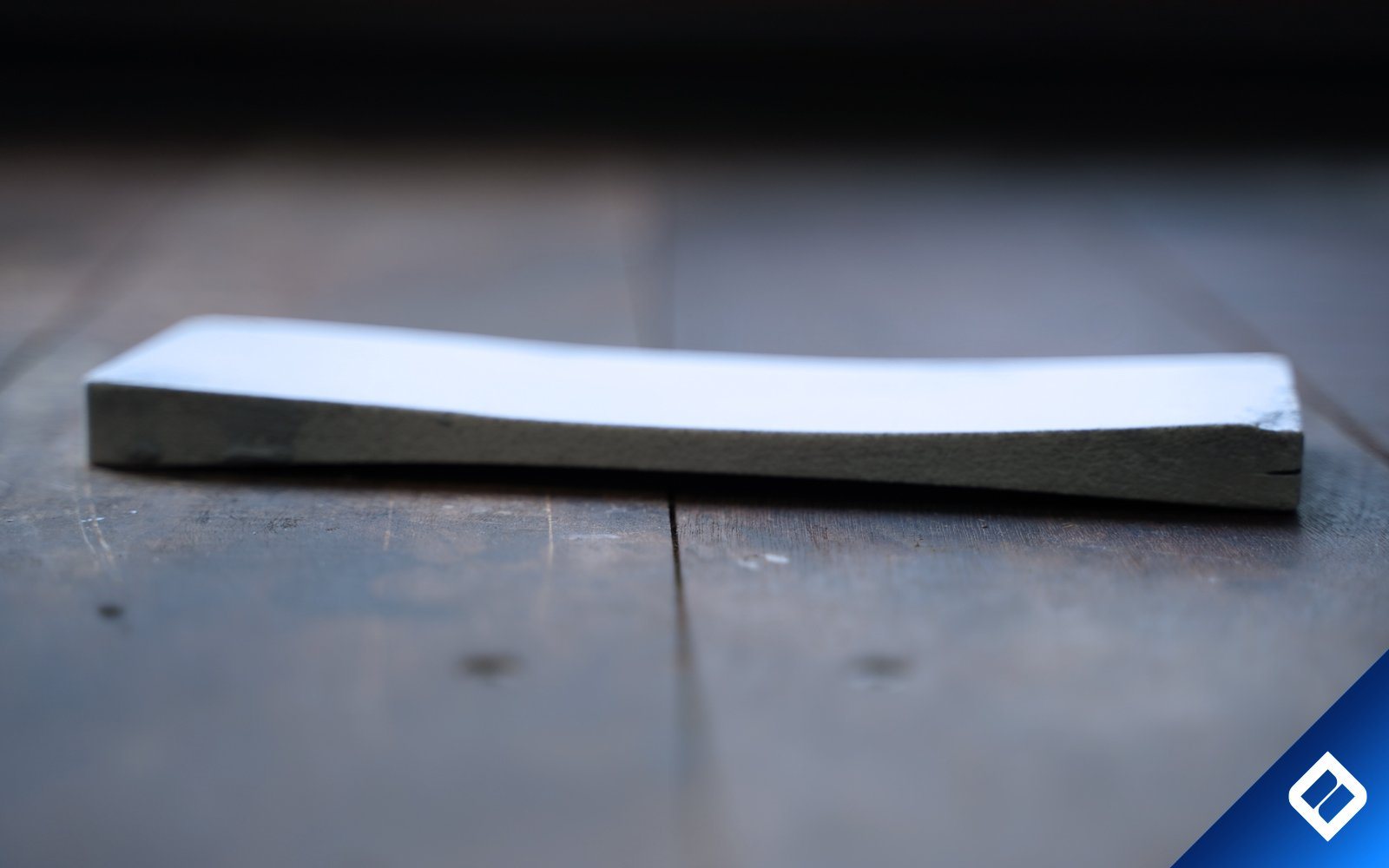How to Maintain Your Sharpening Stones
Sharpening stones are essential tools for maintaining a keen edge on your knives and other cutting instruments. However, with regular use, these stones can wear unevenly, creating a dip or 'dish' in the middle that can impair their effectiveness. Proper maintenance through a process known as lapping is crucial to keep these tools in top condition. This guide will explore the detailed steps involved in lapping your sharpening stones to restore their flat surface and enhance their longevity.
Understanding Sharpening Stones Sharpening stones, also known as whetstones, come in various grits and materials, each suited for different stages of the sharpening process. They can be made from natural stone or engineered materials like ceramic or diamond. Over time, the surface of these stones can become uneven due to repeated use, which is why periodic maintenance is necessary.
Tools Needed for Lapping Sharpening Stones
- Silicon Carbide Powder: Available in coarse, medium, and fine grits. This abrasive powder helps in grinding down the high spots on the stone.
- Toughened Etched Glass or Steel Lapping Plate: A flat, sturdy surface ideal for spreading the silicon carbide powder and ensuring an even lapping process.
- Marker or Pencil: Used to draw a grid on the stone's surface to aid in tracking your progress during the lapping.
- Water: Acts as a lubricant, preventing the silicon carbide powder from clumping and ensuring smooth movement of the stone against the glass.
Step-by-Step Lapping Process
Preparation: Clean your sharpening stone thoroughly to remove any debris or remnants of previous sharpening sessions. Soak the stone in clean water for 2 to 3 minutes to ensure it is thoroughly saturated, which aids in the grinding process and prevents the stone from drying out.
Marking the Stone: Use a marker or pencil to draw a grid pattern across the surface of the stone. This grid will help you monitor which areas of the stone have been leveled as you work.

Setting Up the Lapping Station: Spread a consistent layer of silicon carbide powder on the toughened etched glass or steel/diamond lapping plate. The amount and type of powder will depend on the degree of flatness required and the initial condition of the stone.

Moistening the Powder: Lightly spray water over the powder to create a slurry. This slurry acts as the abrasive medium that will grind down the high spots on the stone.
Lapping the Stone: Place the stone on the plate and use gentle, circular or cross-pattern movements to grind it against the slurry. Apply minimal pressure; let the abrasive do the work. Periodically check the grid lines you drew earlier. Continue the process until the grid lines have vanished completely, indicating a flat surface.

Refining the Edges: Occasionally, the edges of the stone might form small burrs or become slightly rounded. If this happens, gently rub these areas against the glass at a 45-degree angle to remove any irregularities.
Cleaning and Drying: Once the stone is satisfactorily flat, rinse it thoroughly under running water to remove all traces of the silicon carbide powder. Dry the stone completely before storing or using it.

Maintenance Tips
- Regular Checks: Frequently check the flatness of your sharpening stones, especially if you sharpen your tools often.
- Proper Storage: Store your stones in a dry, safe place to prevent accidental drops and to avoid environmental factors that could erode the stone.
- Avoid Excessive Lapping: Over-lapping can reduce the lifespan of your stones. Only lap when necessary.
Conclusion Maintaining your sharpening stones through regular lapping is key to ensuring they perform efficiently and last longer. With the right tools and techniques, you can easily keep your stones in pristine condition, making your sharpening tasks more effective and enjoyable. Remember to watch professional tutorials and consult with experts to refine your technique and learn more about the specific types of stones you own.
Further Resources
- Jende Industries offers high-quality tools for lapping and other sharpening processes. Explore their products to find the best solutions for your sharpening needs.
- Other brands like Shapton offer a selection of diamond and steel lapping plates
By adhering to this comprehensive guide, you can expertly maintain the condition and effectiveness of your sharpening stones, ensuring precise and reliable tool sharpening for years to come.

